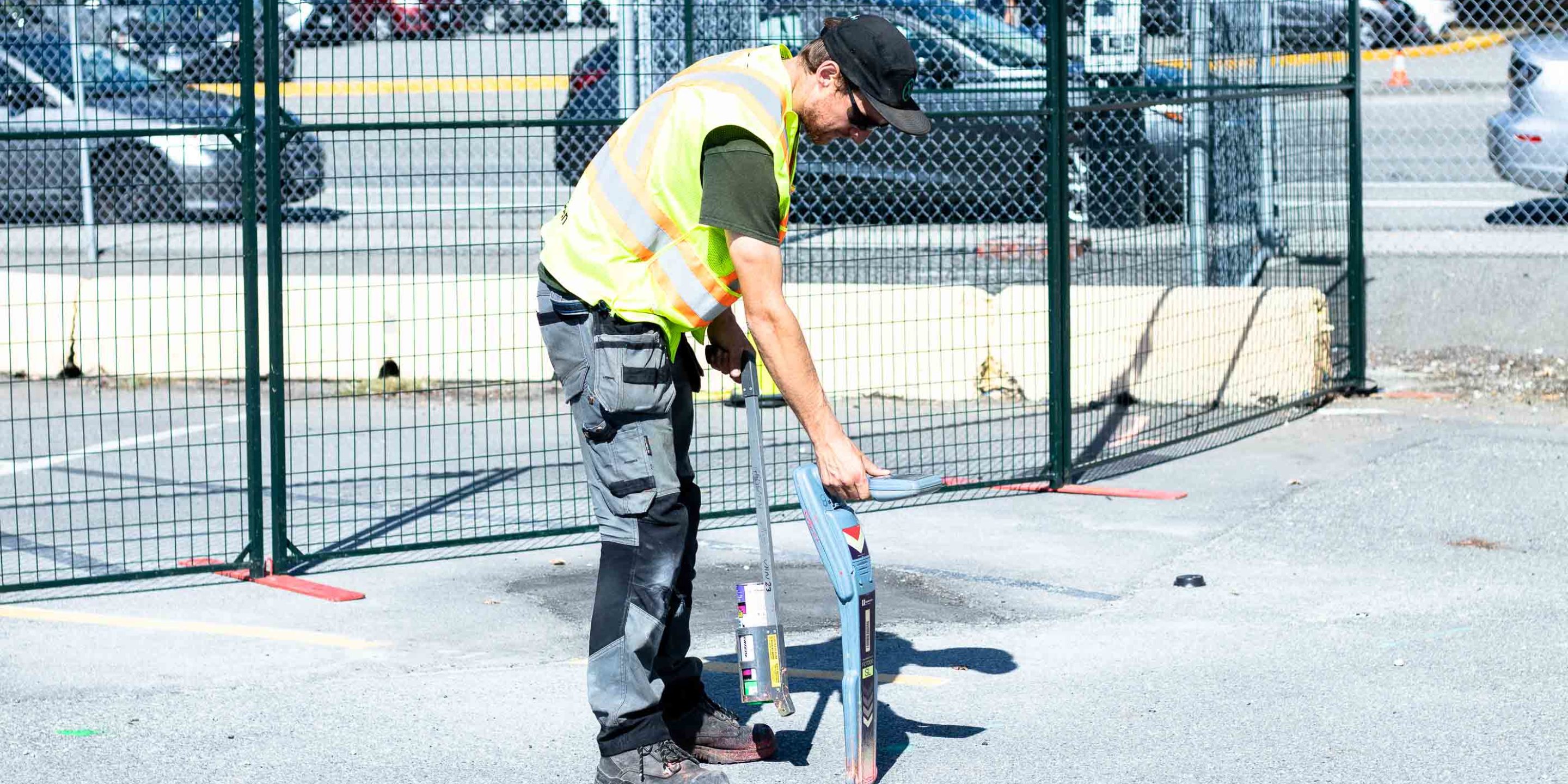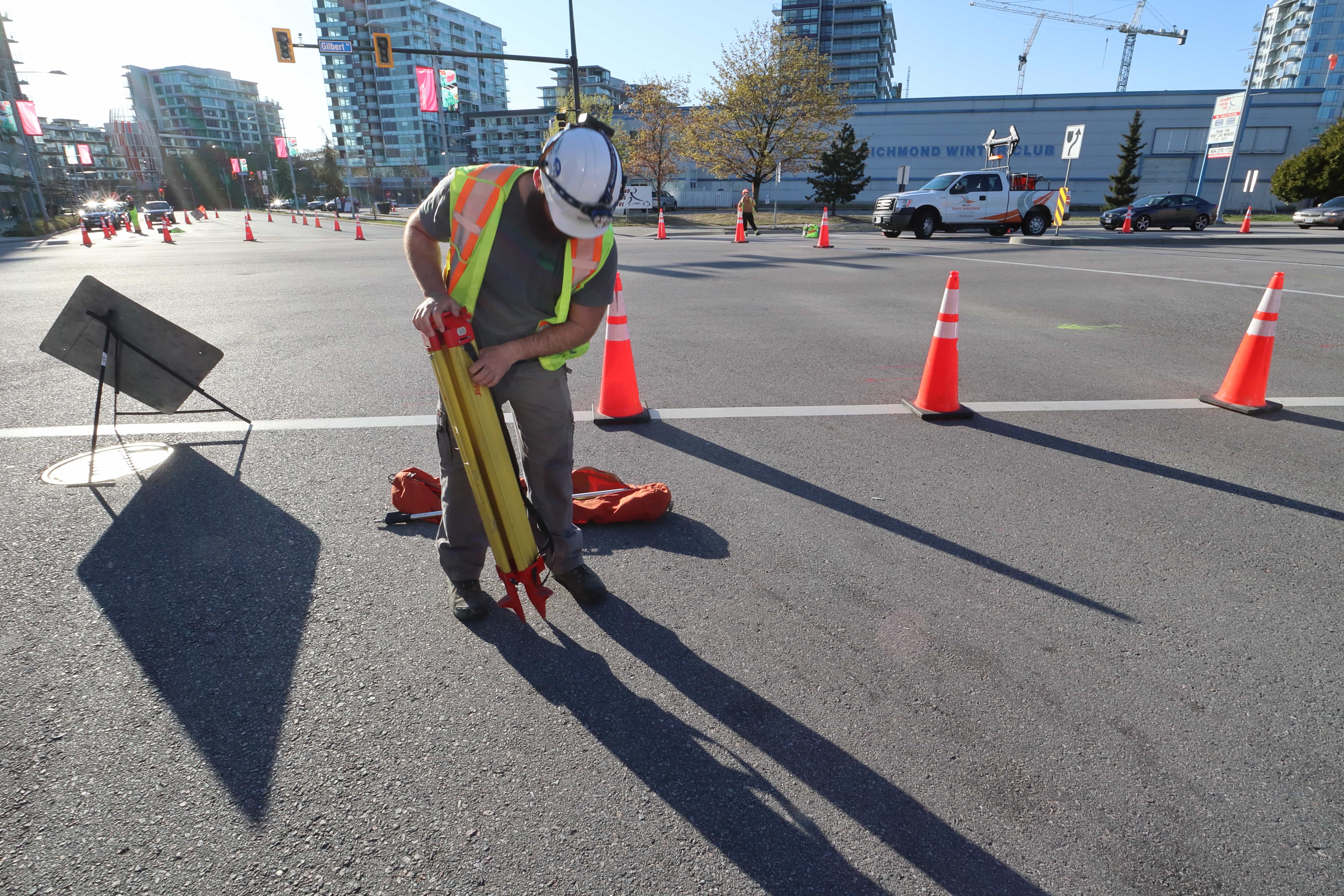Unveiling The Power Of Vermont Electromagnetic Locating: Your Ultimate Guide
Hey there, tech enthusiasts and curious minds! If you've ever wondered how underground utilities are detected with precision, you're in the right place. Vermont electromagnetic locating is more than just a process; it's a game-changer in infrastructure management. Whether you're a contractor, a homeowner, or simply someone fascinated by technology, this guide will take you on a journey through the world of electromagnetic locating in Vermont.
So, why is Vermont electromagnetic locating such a big deal? Imagine digging into the ground without knowing what's beneath it. Sounds risky, right? That's where electromagnetic locating comes in. It's like having X-ray vision for the earth, allowing you to see what's hidden below the surface without breaking a sweat.
In this article, we'll dive deep into the ins and outs of electromagnetic locating, its importance, and how it's transforming the way we approach underground utility detection. So, buckle up and get ready to uncover the secrets of this groundbreaking technology!
Table of Contents
- What is Vermont Electromagnetic Locating?
- The Importance of Electromagnetic Locating
- How Electromagnetic Locating Works
- Common Applications
- Tools and Equipment
- Benefits of Electromagnetic Locating
- Challenges and Solutions
- Industry Standards
- Future Trends
- Conclusion
What is Vermont Electromagnetic Locating?
Alright, let's get down to business. Vermont electromagnetic locating is essentially a technique used to pinpoint the location of underground utilities like pipes, cables, and wires using electromagnetic signals. Think of it as a high-tech treasure hunt, but instead of gold, you're looking for essential infrastructure.
Now, here's the kicker. This method relies on the fact that most utilities emit electromagnetic fields. By detecting these fields, professionals can accurately map out what's beneath the surface. It's a pretty neat trick, wouldn't you say?
Why Vermont?
Well, Vermont has its own set of challenges when it comes to utility mapping. The state's diverse terrain and climate can make traditional methods less effective. That's why electromagnetic locating has become a go-to solution for many projects in the area.
The Importance of Electromagnetic Locating
Let me tell you, this isn't just some fancy tech for show. Electromagnetic locating plays a crucial role in ensuring safety and efficiency in construction and maintenance projects. You don't want to accidentally hit a gas line or power cable while digging, do you? That's where this tech saves the day.
Plus, with the increasing complexity of underground networks, having a reliable method to locate utilities is more important than ever. It's not just about avoiding disasters; it's about optimizing resource use and minimizing disruptions.
How Electromagnetic Locating Works
Okay, so how does this magic happen? At its core, electromagnetic locating involves sending signals through the ground and detecting the responses. Here's a quick breakdown:
- Transmitter: Sends out electromagnetic signals that interact with metallic utilities.
- Receiver: Picks up the signals reflected back from the utilities, allowing for precise location mapping.
It's like a conversation between the equipment and the underground infrastructure, and the result is a detailed map of what's down there.
Key Principles
There are a few key principles at play here. First, the electromagnetic field generated by the transmitter needs to match the frequency of the utility being located. Second, the strength of the signal can indicate the depth and size of the utility. Pretty cool, huh?
Common Applications
Electromagnetic locating isn't just limited to one type of project. It's used across a variety of industries, including:
- Construction
- Utilities management
- Environmental assessments
- Telecommunications
Each application has its own set of requirements, but the core technology remains the same. It's all about adapting the method to fit the specific needs of the project.
Tools and Equipment
Now, let's talk gear. The tools used in electromagnetic locating are pretty advanced, but they're designed to be user-friendly. Here are some of the main ones:
- Locators: These are the devices that send and receive signals.
- Tracer wires: Used to enhance the signal for better detection.
- Software: Advanced programs that help interpret the data collected.
Having the right equipment is crucial for accurate results. It's like having the right tool for the job; you wouldn't use a screwdriver to hammer a nail, right?
Benefits of Electromagnetic Locating
So, what's in it for you? There are plenty of benefits to using electromagnetic locating, including:
- Increased safety by avoiding accidental utility strikes.
- Cost savings from reduced project delays and repairs.
- Improved efficiency in project planning and execution.
When you consider all these advantages, it's easy to see why this method is becoming the preferred choice for many professionals.
Challenges and Solutions
Of course, no technology is without its challenges. Some common issues with electromagnetic locating include signal interference and difficult terrain. But fear not, there are solutions!
- Interference: Use filters and adjust frequencies to minimize interference from other sources.
- Terrain: Employ specialized equipment designed to handle tough conditions.
With the right approach, these challenges can be overcome, ensuring accurate and reliable results.
Industry Standards
When it comes to electromagnetic locating, adhering to industry standards is crucial. These standards ensure that all practitioners are on the same page, promoting consistency and reliability across the board. Some key standards include:
- ASCE 38-02: Standard Guideline for the Collection and Depiction of Existing Subsurface Utility Data.
- APWA: Guidelines for Subsurface Utility Engineering.
By following these standards, professionals can ensure that their work meets the highest quality and safety requirements.
Future Trends
Looking ahead, the future of electromagnetic locating is bright. Advances in technology are making the process faster, more accurate, and more accessible. Here are a few trends to watch:
- Integration with GIS systems for enhanced data visualization.
- Development of more compact and portable equipment.
- Increased use of AI and machine learning for data analysis.
As technology continues to evolve, so too will the capabilities of electromagnetic locating, opening up new possibilities for its application.
Conclusion
And there you have it, folks! Vermont electromagnetic locating is a powerful tool that's transforming the way we approach underground utility detection. From ensuring safety to optimizing resources, its benefits are undeniable.
So, whether you're a seasoned professional or just starting out, understanding this technology can give you a competitive edge. Don't hesitate to dive in and explore the possibilities it offers. And remember, the more you know, the better equipped you'll be to tackle any project that comes your way.
Feel free to drop a comment below or share this article if you found it helpful. Who knows? You might just inspire someone else to discover the wonders of electromagnetic locating!



Detail Author:
- Name : Ayden Kuvalis
- Email : hbrakus@hudson.biz
- Birthdate : 2002-10-02
- Address : 594 Gislason Summit Zulaufport, TX 18042
- Phone : +12144164613
- Company : Halvorson-Crist
- Job : Music Composer
- Bio : Consequatur et doloribus reiciendis iste. Unde provident dolores alias molestiae ullam. Rem et porro quam veniam sit.